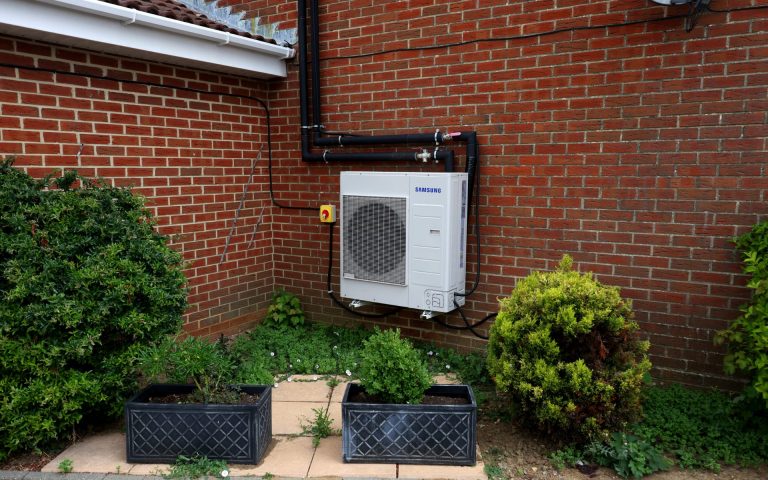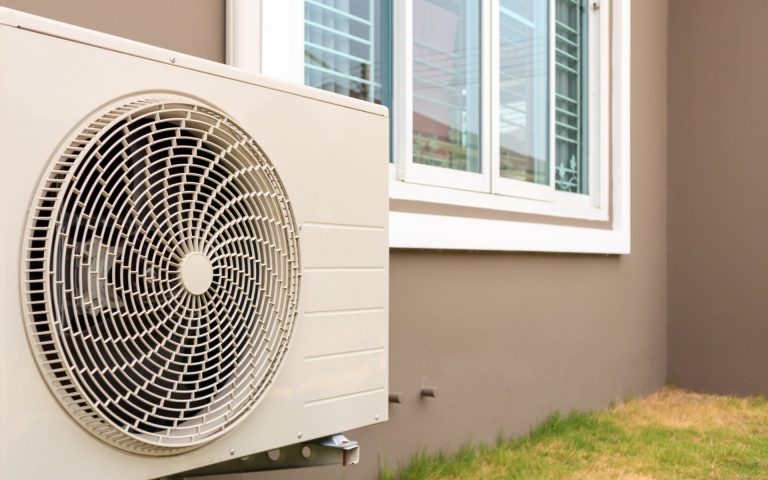Over a decade ago during 2008, 80% of the electricity here in the UK came from fossil fuels. In this year, climate campaigners were trying to stop the plans for new coal-fired power stations amid the Climate Change Act becoming law.
Coal-fired power was the biggest contributor to UK emissions and levels hadn’t changed for a good number of years.
The UK is now rapidly moving towards carbon zero, and is one of the fastest major world economy to be cleaning up its electricity supply. Coal-fired power has nigh on disappeared and gas is also on the decline.
So where do we get our electricity from? Over 50% of our electricity comes from solar, wind and nuclear energy. These low-carbon, renewable sources of energy have helped to fill the gap left by fossil fuels. The demand for electricity has also fallen.
The government’s plan has been to completely phase out coal by 2025 as well as majorly decarbonising the electric grid by 2030. Figures suggest that the latter target could be met ahead of schedule.
Back in 2020, the Grid confirmed a record number of 67 days running without coal power – The longest run since 1882. Generally, coal generates less than 5% of the electricity.
We’re not going to run through year by year of the last decade as we would be here a while (and so would you!) but if you are curious about how the face of electricity supply has changed since 2008 then you might be interested in this interactive article and map that takes you through it all, change by change upto 2018.
How much CO2 is produced per kWh of electricity?
When talking about carbon dioxide emissions and electricity production, we talk in terms of the ‘carbon intensity’ metric.
So for example, back in 2008 here in the UK, every kilowatt hour of electricity generated added 495 grams of CO2 to the atmosphere. This is written as gCO2/kWh.
Over the following decade, the carbon intensity dropped by almost 60%. In 2020 the UK government reported on the carbon emissions for homes on the average energy fuel mix, sharing figures of 0.233 kg of CO2e per kWh of electricity. As the carbon intensity has diminished, the demand for electricity has increased.
When did the power supply of electricity start to change?
Back in 2008, things were starting to change. The electricity system in the UK was still being predominantly powered by large, centralised plants. The majority of the electricity supply was powered by 56 power stations which burned coal, gas, oil or nuclear fuel.
Despite the generation from coal halving during the 1990’s when things moved towards gas, 4 fifths of UK electricity was still coming from fossil fuels, and 13% from nuclear.
Change began with the Non Fossil Fuel Obligation and the renewables Obligation which started to encourage renewable plants. Hydrop, wind and waste landfill gas powered 552 large renewable energy sites, with an additional 3,150 smaller sites from renewable sources such as solar roofing.
The numbers certainly looked encouraging, but actually only supplied 6% of the UK’s electricity.
At the beginning of 2008, the Labour government backed a new generation of nuclear power plants as a means to meet climate targets. Just a few months later, the UK had the worst blackouts householders had experienced in ten years due to unexpected shutdowns of both nuclear and coal plants.
Soon after, the Tory side proposed the use of carbon capture and storage (CCS) – An emissions standard to limit emissions from coal plants in line with the gas equivalent.
Alongside the CCS, 2008 also saw the emergence of a new Department of Energy and Climate Change along with the Energy Act 2008 and Climate Change Act. These were the catalyst for real change – A set of legally binding goals for emissions reduction.
Through the Climate Change Act came the Committee on Climate Change – A body that would advise the government on climate change and emissions issues. Their first report stated that:
“There is…a strong case for…establishing a clear and publicly stated expectation that coal-fired power stations will not be able to generate unabated beyond the early 2020s.”
At the end of 2008, the The 20-20-20 strategy was finalised by the EU. The goal was to cut emissions to 20% below 1990 levels by 2020 whilst simultaneously improving energy efficiency by 20% as well as getting 20% from renewable energy. This target was achieved. For the UK, the goal was 15% renewable energy.
Over the past 14 years the UK’s electricity sector has seen huge transformation, with even more to come. We are moving towards, and will need to have a zero-carbon grid, in order to meet our long-term climate goals of net-zero emissions by 2050.
Energy efficiency policies has meant that the demand for electricity has fallen to its lowest levels, which in turn helped the UK to move away from fossil fuels. Nuclear energy has kept us on course whilst renewables have stabilised. Renewables now provide 39.9% of electricity generation by Major Power Producers, which matches the generation from gas.
What does the future hold for the UK electricity supply as we move further towards carbon zero?
The aim is that by 2025, the UK’s last coal-fired power station will have closed. Indeed, Uniper has announced its plans to end generation at its coal-fired Ratcliffe-on-Soar power plant in September 2024, a month before the UK Government’s legal requirement to do so.
By 2030, the target is that all but one of the UK’s existing nuclear plants will have closed. There is currently only one new nuclear plant being built.
In terms of renewable energy, wind farms creating 1GW of energy could need to be replaced or repowered by 2030, either from new turbines or replacing their output with other means of power.
Gas-fired power stations providing 15GW of output are also likely to have closed by 2030, but with 30GW of new gas plants possibly under development.
In order to meet our climate goals, the UK gas generation will have to decline from the current 40% down to approximately a 25% share.
The aim is for the hole left by lack of nuclear and fossil fuel power to be filled with renewable energy. The prime source favoured by the UK government is offshore wind farms. They have pledged that a third of UK electricity will be provided by this means of renewable energy by 2030.
The UK are also developing new undersea interconnectors which will link us with markets from France, the Netherlands, Denmark and Norway which will help ensure we meet demand.
Infrastructure in the form of battery storage sites will likely expand, taking us from 0.7GW to more than 3GW.
There is still much to be done before 2030 and many questions to be answered. Will the National Grid be able to manage the electricity network, providing hours of power at a time without using fossil fuels in the next 3 years? Will energy efficient options like Heat Pumps provide enough to offset the rising demand for electricity?
With things like heat and transport moving towards electricity, the demand is expected to double. Renewables like offshore wind and solar power will be needed for this expanded electricity system, with nuclear providing the balance to the variations in wind and solar during certain parts of the year.
What is certain is that the electricity system in the UK will keep on changing as we move towards Carbon Zero.






